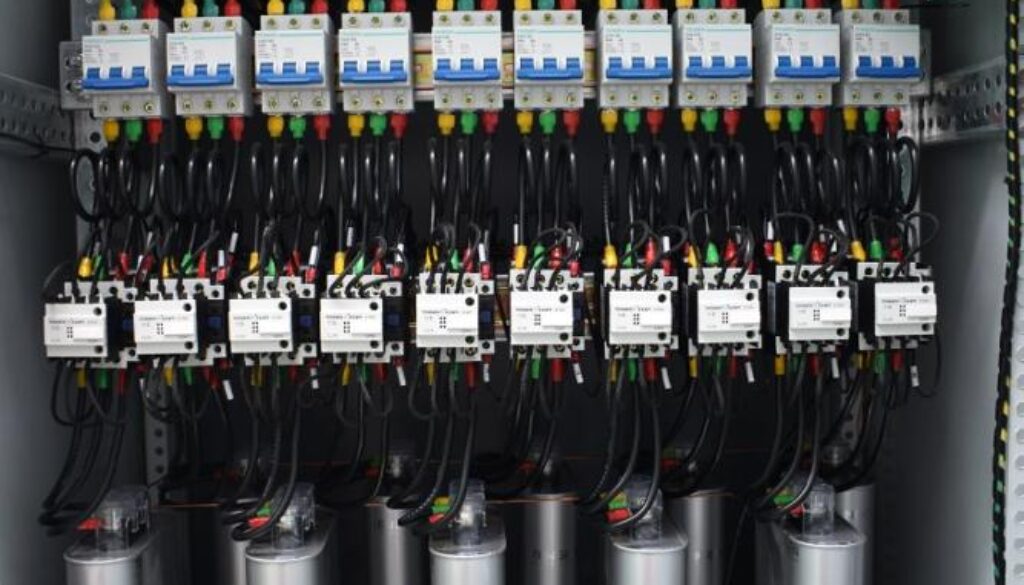Automatic Power Factor Correction Panels

What exactly is Automatic Power Factor Correction (APFC)? An APFC panel normally performs the function of an Automatic Power Factor Correction. An Automatic Power Factor Correction adjusts the voltage factor based on the current load demands of the electrical circuit or the house where it is located. It then stores the readings and compares them with the pre-determined threshold level. If it finds that the pre-determined threshold level is exceeded, then the voltage level will be automatically reduced to match the demand level.
The use of APFC is very useful in several areas. First of all, an APFC panel helps to reduce power wastage. The use of APFC reduces power factor variation that may occur due to human error or fluctuations in voltage. For example, when a voltage spike occurs at the outlet, the automatic APFC contactor switches will reduce the power factor until the spike is overcome. The reduction in voltage will in turn reduce the strain on the electric circuits and appliances located nearby.
Many people also use APFC panels for the purpose of eliminating three phase AC loads. Three phase AC systems are characterized by their ability to handle heavy loads over long durations. To use APFC for three-phase elimination of three-phase AC loads, only one breaker will be needed instead of two. Additionally, by using one breaker instead of two, the cost of APFC will decrease. Three phase AC systems are expensive to purchase and expensive to operate.
Three phase AC systems are especially difficult to maintain. They are affected by the changing currents and voltage levels very frequently. If any of these changes occur, they could easily damage or even destroy the power electronics loads. Therefore, the use of APFC will prevent the damages and destruction that might otherwise occur due to these fluctuations.
The Automatic Power Factor Correction Panels should only be installed by qualified technicians or electricians. A technician should be familiar with the features and benefits of APFC Panel. It is suggested that anyone purchasing APFC Automatic Power Factor Correction Panels should also be familiar with the guidelines provided by the electrical power supply authorities (APFPS). In the APFPS manual, an example of an APFC panel being installed is detailed in the procedure outlined in section 7.
The use of APFC panels allows a much smaller power distribution area. It is designed to better distribute power systems and to reduce power system’s noise output. Since it has low-profile wins, it can also reduce sound output from the power electronics and appliances located around it. The small size of apps makes it ideal for cooling systems which have to operate at great speed.
To operate properly, the system must be able to switch the correct capacitors for the load circuit. There are three different ways to accomplish this: manual switching, mechanical switching or automatic switching. Manual switching involves physically turning off the desired cap in the capacitor bank. It is important to note that when you turn the cap off, the opening between the leads of the capacitor bank is decreased and it may become difficult to seat the cap if it is not properly installed. Manual switching is often the preferred method as it provides much better control and reliability.
Mechanic switching is achieved by reducing the rotation of the motor which allows it to operate at a lower speed. Mechanical switching is the most commonly used option for automatic power factor panels in AC and DC applications. AC servo control is used in many APFC panels and serves to provide a smooth and controlled power factor correction operation. The advantage of using a servo motor for switching is that the motor can be left on at all times and only turned off when it is desired to operate at a lower speed.
